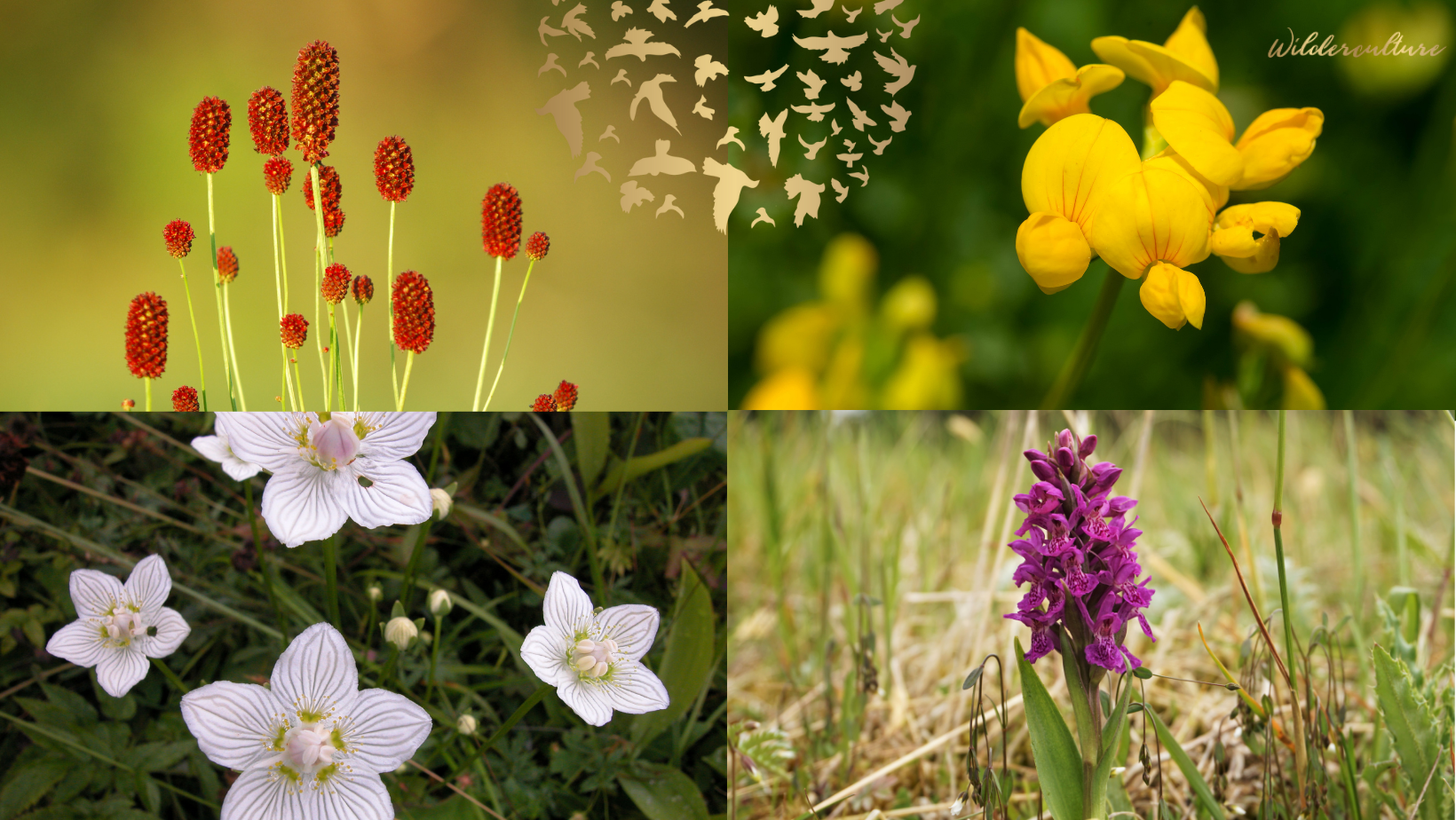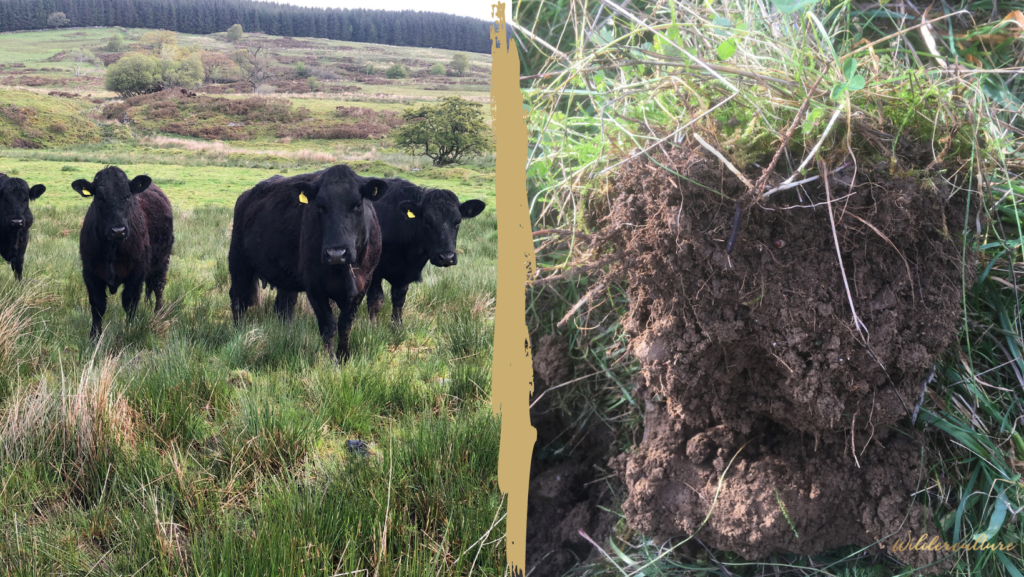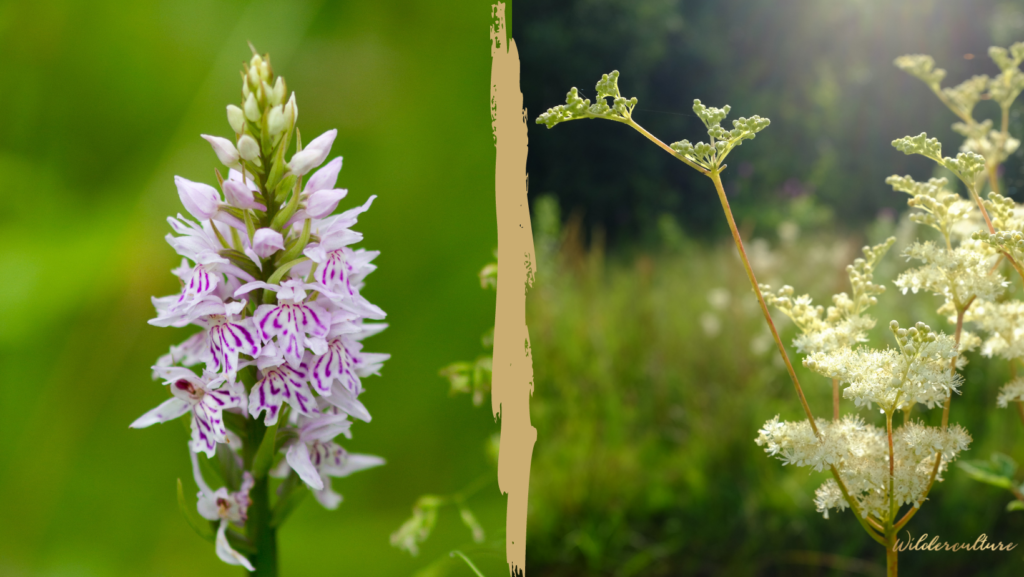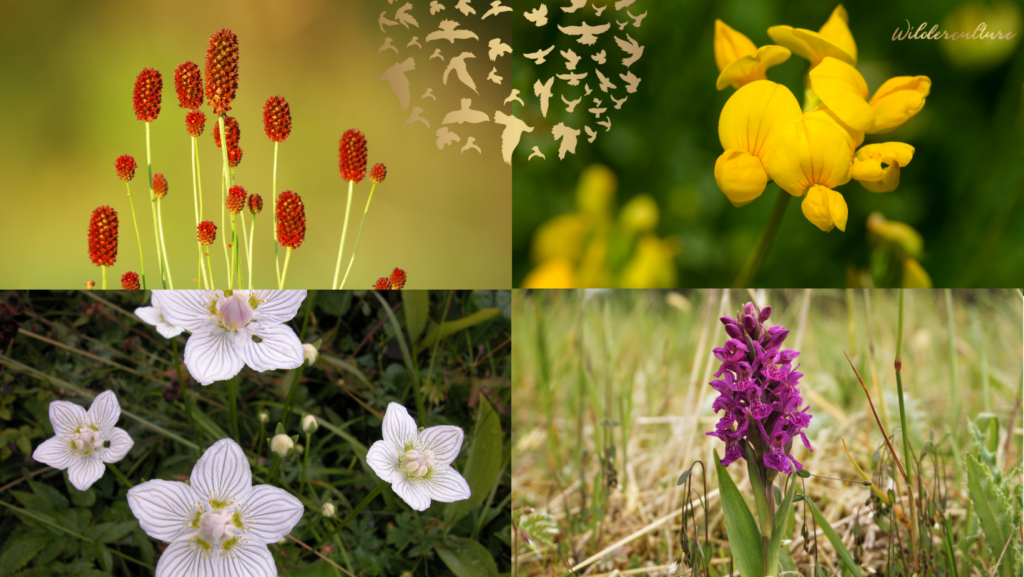
The Wilderculture Approach
The Wilderculture Approach: REASONS to HOPE in the face of climate change, biodiversity loss, floods and droughts.
By Georgia Wingfield-Hayes
It is all too easy to feel confounded by the enormity of the problems of climate change and biodiversity loss. But we believe it is essential to dwell in hope, for there is much to hope about and the more people who know about that hope, the more possible its realisation becomes!
With our collective years of experience here at Wilderculture, we have come to understand that climate change and biodiversity loss are not separate issues, but rather are intrinsically entwined.
Seen separately, climate change is almost exclusively about too much carbon in the atmosphere, while biodiversity loss is the inevitable consequence of progress, necessary if we are going to feed the world. Both these perspectives are highly disempowering to global citizens, and carry an inherent load of guilt – everything is our fault, even though the solutions are mostly beyond our control.
The Wilderculture Approach offers hope because it provides the solution not only climate change and biodiversity loss but also to flood, drought, soil erosion, the loss of rural livelihoods and the need for national food security. Why? Because central to all of these issues is soil.
Modern agriculture techniques whether in arable or grassland management have, over the last 100 years, led to the destruction of soils. Turning soil (an extraordinarily complex, intricate living system) into dirt (a pile of inert minerals). The result of this has been catastrophic:
- The land is no longer able to hold water, so flood and drought events are inevitable.
- Land, rather than sequestering carbon into complex soil structures, emits carbon as it degrades.
- The loss of a complex soil ecology, the base upon which all other biodiversity depends, has had catastrophic consequences to invertebrate, insect, bird and mammal populations.
- This has also resulted in plummeting productivity, as only living soils can sustain life in the long term, through natural fertility.
The solution to all this is the reestablishment of healthy living soils. In reality, this requires a shift in mindset. As anyone who has been through a scientific education knows, we are taught to look at the world through a reductionist lens. In order to manage land in a way that regenerates ecosystems, we must broaden our perspective to see whole systems. This requires a certain relinquishment of control and the development of trust and responsiveness to an ecosystems natural, dynamic processes, something few farmers and nature conservationists have learned how to do. This is what the Wilderculture Approach teaches.
Living Soils in a Nutshell
Living soils are one of the most complex ecosystems on earth. They require organic matter (mostly carbon) from dead organisms and poo, to feed the microorganisms in the soil, who then cycle that carbon in the soil-carbon-matrix. This creates a spongy, super-absorbent structure, that has a huge water holding capacity. The other component in the building of the soil-carbon matrix are plants. Plants (in the absence of chemical fertilisers) exude as much as 40% of the sugars they produce from their roots in order to feed soil microorganisms. This adds a kind of glue to the soil, and the plants in return benefit from the soil organisms turning mineral rock into bioavailable nutrients. As the soil-carbon-matrix develops, so does the complexity of life in the soil: Bacteria and fungi, protozoa and nematodes, worms and beetles burgeon in numbers. Once the soil is teaming with life, we start to see life coming back to the above-ground ecosystem.
Soils are Easily Degraded
Upland soils have been degraded mainly by two processes. The first is set-stocking, where animals are free to graze anywhere and everywhere all the time. This degrades soil because land also needs rest. Set-stocking causes overgrazing, compaction, and one-by-one the most appetising species disappear. The second factor is prophylactic medication against intestinal parasites. This means that livestock dung is toxic. It kills soil life, including the dung beetles whose job it is to incorporate dung into the soil. So the soil slowly dies.
The Role of Grazing Animals
The Wilderculture Approach is a hybrid between rewilding and holistic grazing techniques. Grazing animals are an integral part of our landscape, but in the absence of predators and shepherds to move them in a way that helps land regenerate, those grazing animals have degenerated the land. However, that doesn’t make grazing animals the bad guys. They are one of our best tools for rebuilding living soils rapidly, it is just a question of understanding how to manage how they graze so that land gets brief, high animal impact and then a long (various months) of rest.
At Wilderculture we teach this holistic planned grazing approach, which also allows us to breaks the intestinal parasite life cycles, so the requirement for prophylactic medication becomes obsolete. These grazing systems regenerate the natural fertile potential of the soil, so there is no more need for expensive fertilisers, which in fact work against this process.

Bare Soil – A crime against life
Bare soil is the worst-case scenario for soil life and climate change. Soil exposed to the sun gets superheated, killing soil life and heating the atmosphere. In hot weather, the re-radiation of heat back into the atmosphere is exponential and a major cause of climate change alongside the burning of fossil fuels. Soil covered by plants rarely heats above 20ºC, whereas bare soil will heat up to 60ºC+. The re-radiation from this hot surface is like having the radiators on full in a greenhouse in the summer and keeping all the windows closed.
Below is a video that demonstrates how grazing animals can be used as a tool to heal the land and bring back living soils. Although this is not a story about the British Uplands, the process that is occurring is the same. It is simply that in a semi-arid climate the effects and degeneration are much easier to observe and the response to regenerative management technique more visually dramatic. But no matter where these techniques are applied in the world, a rapid return of biodiversity is observed.
In the British uplands, the forgiving climate (year-round rainfall) makes the damage that has occurred more difficult to observe than in a semi-arid climate, but the damage is there nonetheless and to the trained eye, is very evident.
The Wilderculture Approach
The Wilderculture Approach is a hybrid of rewilding and holistic planned grazing underpinned by the holistic management framework. We work to maintain traditional rural livelihoods in the British uplands by applying our specialist skills from regenerative agriculture in this very special landscape. Holistic management of livestock is, in our view, one of the most valuable tools available to rewild these landscapes, while maintaining rural communities.
Under the Wilderculture Approach, we help farms and estates create long-term financial stability by aligning management with nature. In this way costs such as chemical fertilisers become obsolete. By building soil fertility the British uplands can continue to contribute to national food security while bringing the land back to life and protecting the lowlands from floods and drought once more.

Nature’s extraordinary ability to bounce back
It is always astonishing to us just how quickly changes occur when we apply the Wilderculture approach. Species of plants that have not been seen before on a farm (at least in recent memory) return, presumably from seeds that are just waiting for the right conditions.
At Wilder Gowbarrow, in just two years some meadows have gone from having just 2-3 species of plant per square metre, to at least 8-9 and in some cases as many as 14 species. Amongst those that have returned are great burnet, birdsfoot trefoil, the spotted common and marsh orchids, meadowsweet and bog star, otherwise known as the grass of Parnassus (Cumberland’s County flower), which cows love to eat and therefore became an honorary grass.



No Comments